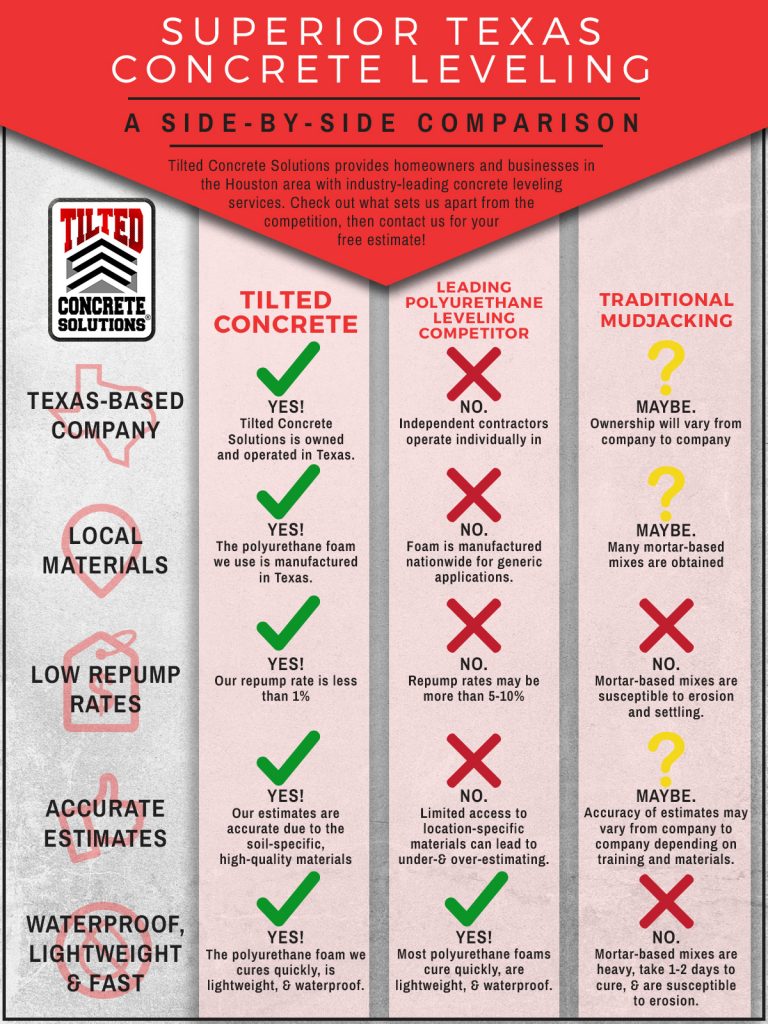Discover Just How Seasonal Influences Can Impact The Performance Of Industrial External Paint And Discover One Of The Most Beneficial Times To Ensure Resilient Outcomes For Your Job
Discover Just How Seasonal Influences Can Impact The Performance Of Industrial External Paint And Discover One Of The Most Beneficial Times To Ensure Resilient Outcomes For Your Job
Blog Article
Staff Author-Regan Rodriquez
When you're planning a commercial exterior painting task, seasonal factors can make or damage your results. You'll want to take into consideration exactly how temperature and moisture influence paint application and drying times. Selecting the appropriate period can guarantee your paint sticks appropriately and lasts longer. Yet which periods are truly the best for this type of work? Let's explore the key elements that can affect your job's success.
The Effect of Temperature Level on Paint Application
When you're planning a commercial external paint project, the temperature level can dramatically influence how well the paint sticks and dries.
Preferably, you wish to repaint when temperature levels range in between 50 ° F and 85 ° F. If house painting costs 's also cold, the paint might not heal appropriately, causing problems like peeling off or splitting.
On the flip side, if it's also hot, the paint can dry as well rapidly, avoiding correct bond and causing an irregular surface.
You should also take into consideration the time of day; morning or late afternoon provides cooler temperature levels, which can be more beneficial.
Always examine the producer's referrals for the particular paint you're making use of, as they frequently give advice on the optimal temperature level variety for optimal results.
Moisture and Its Impact on Drying Times
Temperature isn't the only environmental variable that affects your commercial external paint task; humidity plays a substantial duty as well. https://www.housedigest.com/994614/diy-paint-hacks-worth-trying-in-your-home/ can decrease drying times significantly, influencing the overall top quality of your paint task.
When the air is saturated with dampness, the paint takes longer to heal, which can result in problems like poor bond and a higher danger of mold growth. If you're painting on a particularly damp day, be prepared for prolonged wait times in between coats.
It's critical to keep an eye on neighborhood weather conditions and strategy appropriately. Preferably, go for moisture levels in between 40% and 70% for ideal drying out.
Maintaining these factors in mind guarantees your job stays on track and supplies a long-term coating.
Best Seasons for Commercial Outside Paint Projects
What's the most effective time of year for your business exterior painting projects?
Spring and early fall are typically your best choices. During these seasons, temperature levels are moderate, and moisture levels are commonly reduced, developing excellent conditions for paint application and drying out.
Avoid summer season's intense heat, which can trigger paint to completely dry as well promptly, causing poor attachment and coating. Likewise, winter season's cool temperatures can hinder proper drying and healing, taking the chance of the longevity of your paint work.
Aim for days with temperatures between 50 ° F and 85 ° F for optimal results. Bear in mind to inspect the regional weather prediction for rain, as damp problems can spoil your task.
Preparation around these factors guarantees your painting project runs efficiently and lasts longer.
Conclusion
In conclusion, planning your business outside painting projects around seasonal factors to consider can make a substantial distinction in the result. By scheduling work during the optimal temperatures and moisture levels, you'll make certain much better attachment and drying out times. Remember to keep an eye on local weather forecasts and select the right time of year-- spring and very early autumn are your best choices. Taking these steps will certainly help you accomplish a sturdy and expert coating that lasts.
